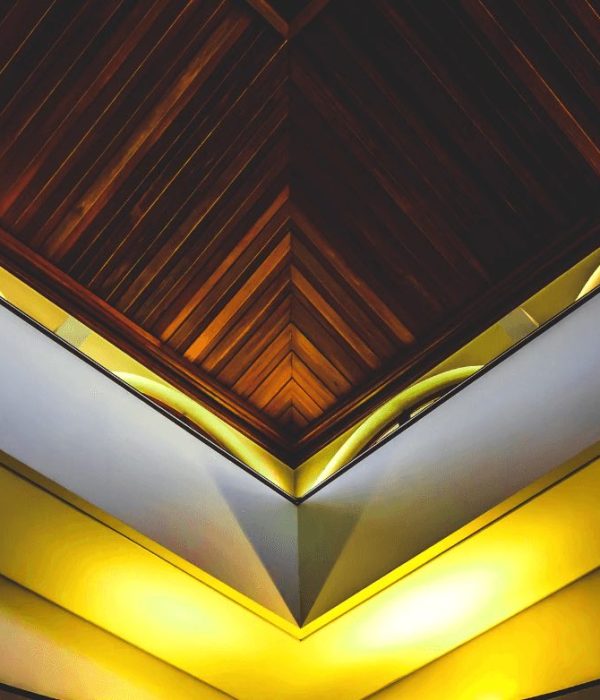DDCA
The Australian Council of Deans and Directors of Creative Arts
The Australian Council of Deans and Directors of Creative Arts is a representative body for the creative arts in Australian Universities. Our discipline base includes visual arts, design, theatre, dance, music, screen production, digital arts and writing.
The DDCA exists to inform, connect and amplify the voices of people and organisations responsible for scholarly and research leadership of the creative arts in higher education. Our role is to champion the effective leadership of teaching and research in our disciplines, enhancing understanding, promoting diversity, inclusion, excellence, collegiality and sustainability, and contributing to the challenges of our age.
The DDCA publishes NiTRO Creative Matters: perspectives on creative arts in higher education. This is an online platform for the discussion of matters relating to practice, research, teaching, policy and reporting relevant to the creative arts in the university sector.
current issue | MARCH 2024
From the Archives
Edited by Smiljana Glisovic
With the first edition for the year we’re going into the NiTRO archives to trace how some of the key concerns of the last 12 months have developed since the start of the DDCA publication.

The NiTRO Archive begins in 2016, and in the subsequent 6 years 46 editions were published. Apart from doing the work of generating discussion on key issues of the moment, being responsive to political changes that affect the sector and making visible the work and value of creative practice research, it now serves the purpose of a historical record that shows us the shape of the debates over time.
With the complete NiTRO Archive now housed on this site, we are continuing the work with Creative Matters. These publications have deliberately remained non-peer reviewed as a way to remain current: responsive to the moment, capturing the first impulses, generating the groundwork before more distilled positions are formed over time.